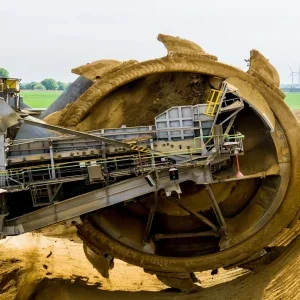It includes scenarios covering a range of possibilities for nuclear power. Three scenarios for world nuclear generating capacity up to 2035 have been prepared, referred to as the Reference, Upper and Lower Scenarios. At mid-2015, world nuclear capacity was 379 GWe. In the Reference Scenario this is expected to rise to 404 GWe by 2020 and to 552 GWe by 2035. In the Upper Scenario, the equivalent figures are 429 GWe in 2020 and 720 GWe in 2035. In the Lower Scenario, nuclear generating capacity effectively stagnates in the period to 2030 and then drops away with many reactor closures in the period to 2035.

In both established and potential markets, nuclear power faces an increased competitive challenge from other modes of generation especially in deregulated markets, while continuing to face regulatory and political hurdles. Electricity demand growth is low in most of the countries where nuclear power is well-established, but remains strong in many developing countries and it is in these countries that the great majority of nuclear capacity growth is to be expected.
Many countries are putting more emphasis on satisfying environmental and security of supply objectives in their energy strategies, which should favour increased nuclear power. The prospects for new reactor build continue to be strong in China, India and Korea as well as in a number of countries in the EU and the Middle East.
The report concludes that rapid uranium demand growth in a number of countries, above all in China, coupled with a limited contribution of secondary supplies will result in the need for additional mined uranium within the period of the scenarios. Some mine development is proceeding despite the current depressed condition of the uranium mining industry. In the Reference and Upper Scenarios, additional mine supplies will be needed soon after 2025 and will require the development of ‘supply pipeline’ projects. Additional conversion and enrichment capacity is also likely to be needed in these scenarios.






